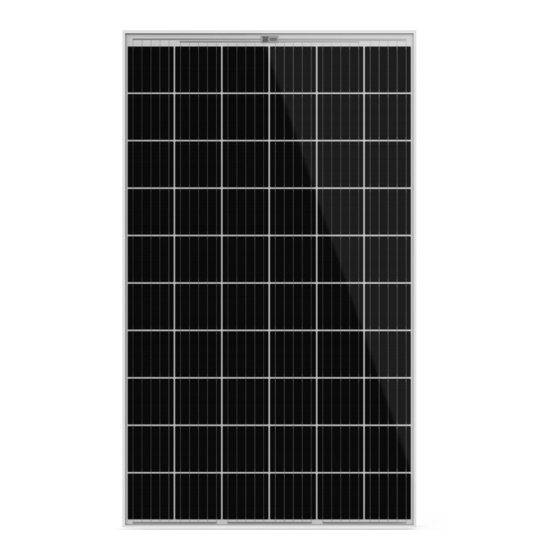Aleo P23 Manuel d'installation - Page 11
Parcourez en ligne ou téléchargez le pdf Manuel d'installation pour {nom_de_la_catégorie} Aleo P23. Aleo P23 20 pages.
Également pour Aleo P23 : Manuel d'installation (20 pages)

9.2.1
Weather protection
EIS
Lay the cables so that they exit the junction box from below.
This prevents water, which runs along the cable, from collecting
at the point where the cables exit the junction box.
For modules mounted horizontally, lay the cables in a U-form
away from the junction box (see fig. 2).
Modules mounted vertically do not usually need any additional
adjustments.
Fig. 2
U-form cables at the junction box for a horizontally
mounted module
Lay cables carefully to protect against damage from:
- direct environmental factors, such as precipitation,
- movement (e.g. from wind),
- indirect environmental factors, e.g. snow or ice, which slip
down behind the modules and
- chaffing on the insulation due to the cable moving (e.g.
from wind or ice).
9.3 Potential equalization (earthing) of module frames
Local regulations may specify potential equalisation (earthing).
When earthing the module frame, establish a safe electrical
connection to the earth potential or earthed sub-structure.
Observe the requirements and recommendations of the invert-
er manufacturer, as well as insurance policies.
The module frames are made of aluminium. When mounting
onto other materials, take suitable measures to prevent electric
corrosion, e.g. by using a coating.
Potential equalization does not serve as lightning protection. Light-
ning protection may be necessary in addition to potential equaliza-
tion.
aleo solar GmbH | Marius-Eriksen-Straße 1 | 17291 Prenzlau | Germany |
9.4 Lightning protection
Absence of or inadequate lightning protection: Risk of fire or
electric shock!
Leave the planning and installation of the external, and if re-
quired internal, lightning protection to be always carried out by
qualified technicians.
It is essential to integrate an arrestor for connecting the light-
ning rod with the lightning protection. This ensures the safety
and reliability of the lightning protection as well as the photo-
voltaic system.
Do not under any circumstances include the module frame or
its earth as an active part of the lightning protection (e.g. as a
lightning arrestor).
If you earth the module frame, the only task of this earth is the
potential equalisation between the module frame and the support-
ing structure.
9.5 Parallel and serial connection
PV modules of the same type can be connected in parallel. The PV
modules in this series are fundamentally designed for series con-
nection.
Only use PV modules of the same type and output for parallel
connection. Take measures for over-current protection (e.g.
line fuses) if necessary. Never exceed the specified reverse cur-
rent loadability of the PV modules. Maximum number of mod-
ule strings that are allowed to be switched in parallel: 2 (fuse
rating / (short-circuit current x1.25) + 1)
Make sure that only PV modules with the same amperage (I
are interconnected for series connection and make sure that
the voltages of strings connected in parallel are the same. Even
at low temperatures, never exceed the maximum permissible
system voltage of the PV modules. Maximum number of PV
modules that are allowed to be switched in series: maximum
system voltage / (open circuit voltage x 1.25), with respect to
the temperature coefficient.
Make sure that the number and connection of the PV modules
match the electrical values specified by the devices connected
to the photovoltaic system.
Make sure that the polarity is correct.
WARNING!
Installation manual Ver. 4.8, 05/2021, en
)
MPP
Page 11 of 20
